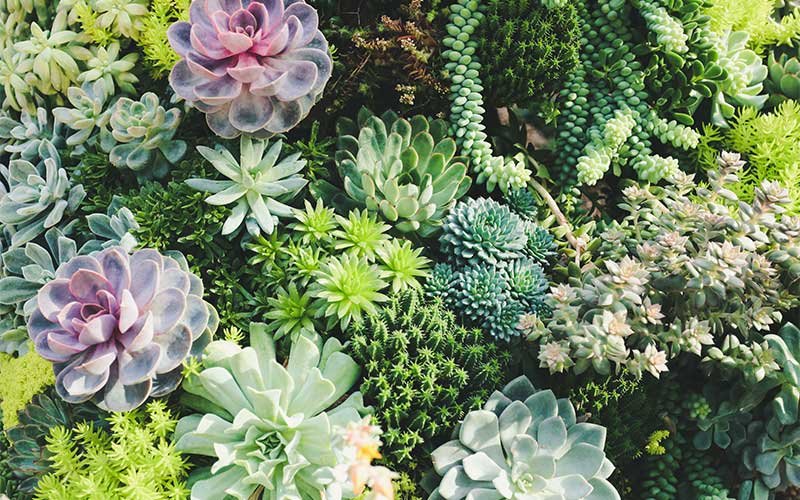Contents
Succulent Stress
Just like us people, plants also experience stress in many forms. Distress can be damaging, while eustress, or good stress, can make us feel and be better. We allow our kids to be exposed to germs so they can develop a better immune system. We do this even if we are also aware that it can initially cause them distress when their immune system encounters microbes. For plants, stress is any aberration from their ideal growing condition, which causes them to react physically.
What Causes Succulent Stress?
Pigments
Several changes in the environment cause stress to succulents. The most common are changes in sun exposure, a shift in temperature due to the changing of seasons, and variations in the water level of the soil.
Sometimes, plants grow very tall in low light, which is their response to damaging stress. If the plant gets enough sunlight, it grows more steadily. However, excessive sunlight can cause the plant to develop a more brilliant color. This occurs because of anthocyanin and carotenoid, which are pigments found in plant tissue. These pigments protect the plant from environmental stresses.
Sun exposure
Anthocyanin is usually blue, violet, or red. Carotenoid, on the other hand, is typically yellow, orange, and red. When a plant becomes aware of stress in its environment, like getting more sunlight than needed, it protects itself by producing more anthocyanin and carotenoid.

Seasons and Temperature
Succulents also increase their production of anthocyanin to protect themselves from dropping temperatures. With the change of seasons, plants experience a difference in temperature. This can cause the succulent to change in color and even in shape. During spring, when sunshine and heat are abundant, succulents are brighter in color, and their leaves are a bit more closed. In the fall and winter seasons when the temperature is cooler and the sunlight is softer, succulents open up wide, taking in as much sunlight as they need to make the most of photosynthesis. Because the threat of UV rays also decreases in fall and winter, the production of anthocyanin also decreases, resulting in a drastic change in color.
Water Level
The third common cause of change in succulent color is water stress. Succulents are known to grow extraordinarily well where the water is scarce. Their environment is typically dry for long periods with short gushes of rain. The cycle of drought and drench is their natural ecosystem and doesn’t cause stress to succulents. However, if the dry period is extensive and they receive a limited drench period, the succulents become stressed, and they produce more anthocyanin.
Good Stress
Being aware of what stresses succulents can help you take care of them better. However, do not try to spare them from any form of stress. Just like with people, a change that leads to stress is a part of the succulents’ natural world.
Unnecessarily protecting them from these natural occurrences can prevent them from thriving. Provided that the stress does not compromise your succulent’s health, allow your plants to experience and respond to stress.
Now enjoy your colorful succulents. If you have more information about succulent stress that you want to share with us, please let us know in the comment box!


